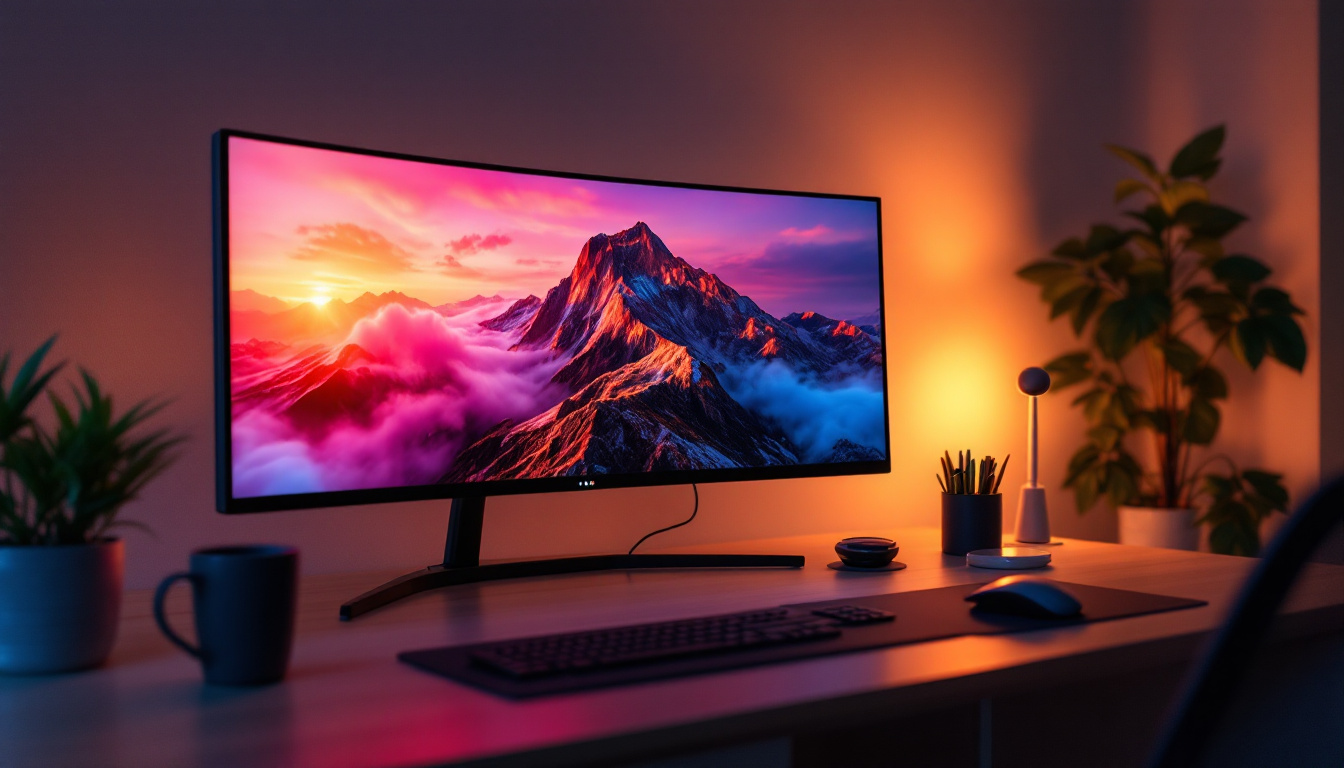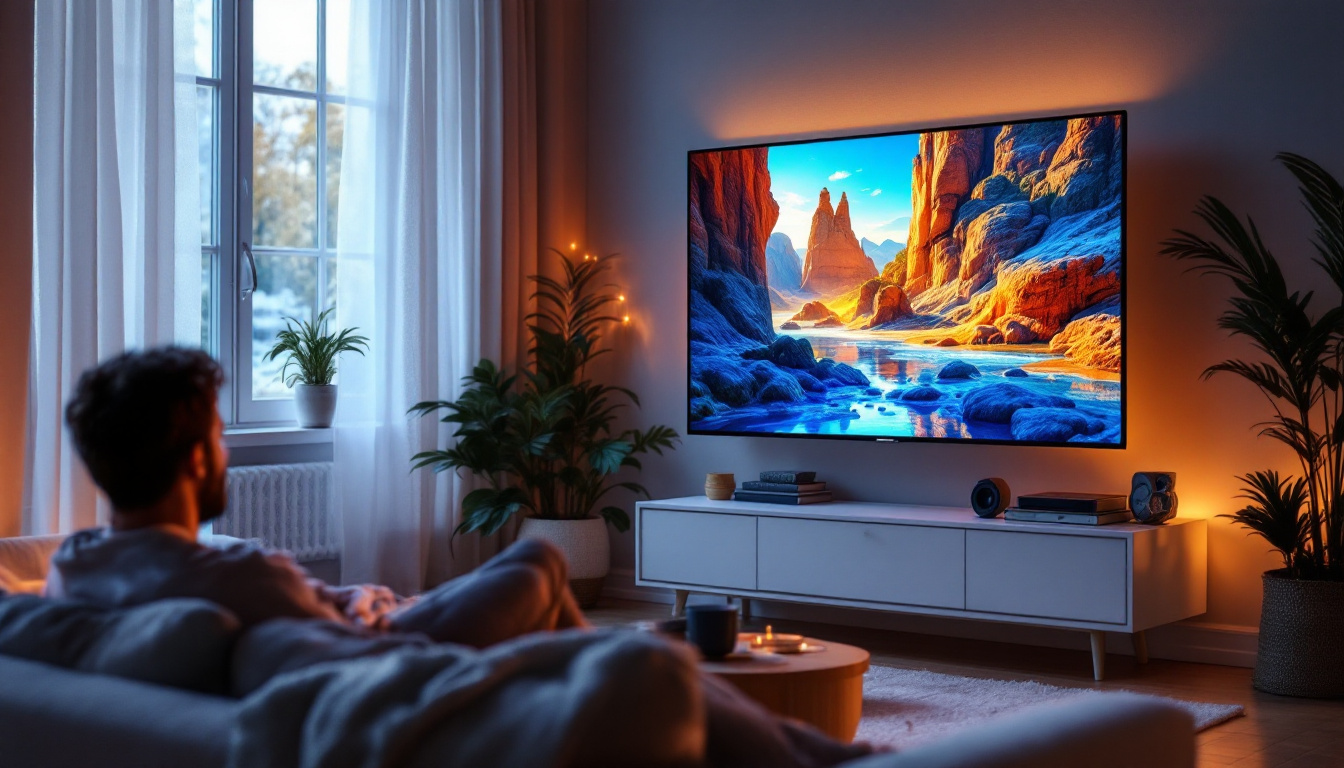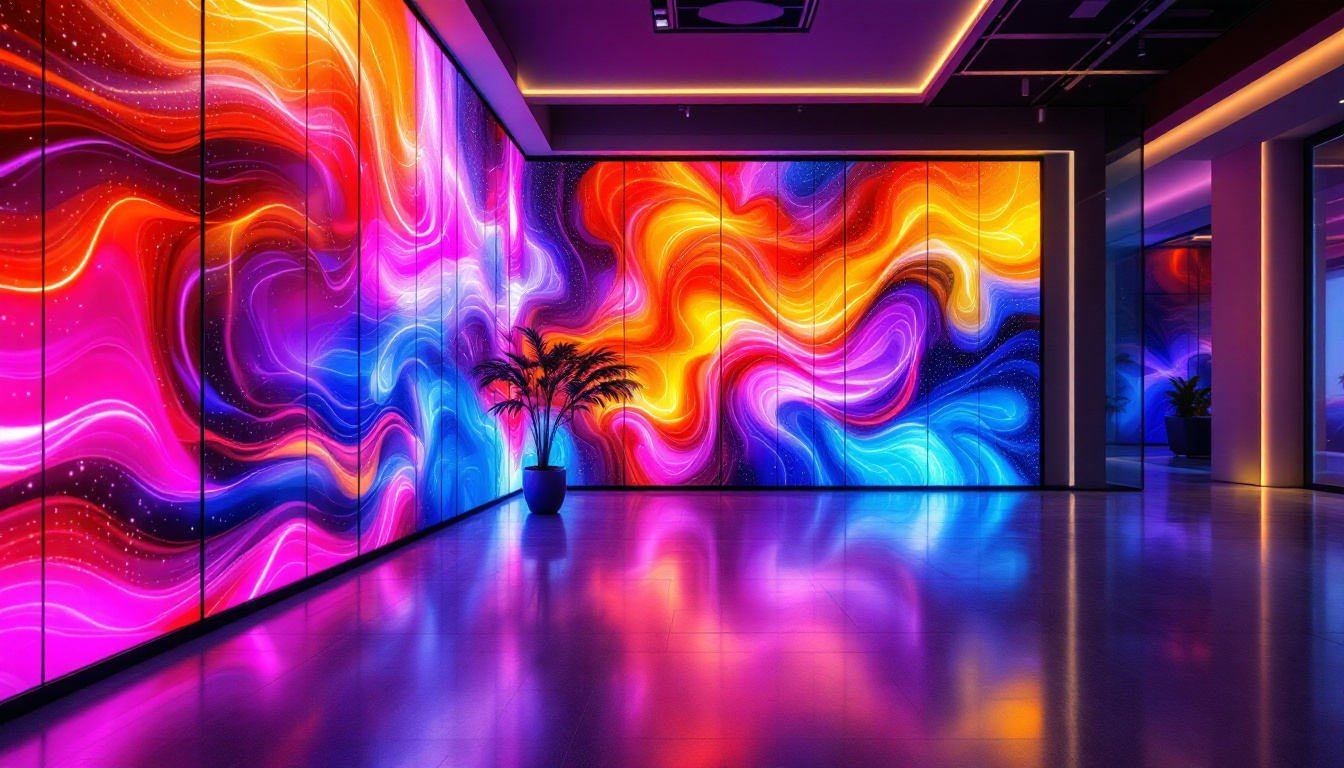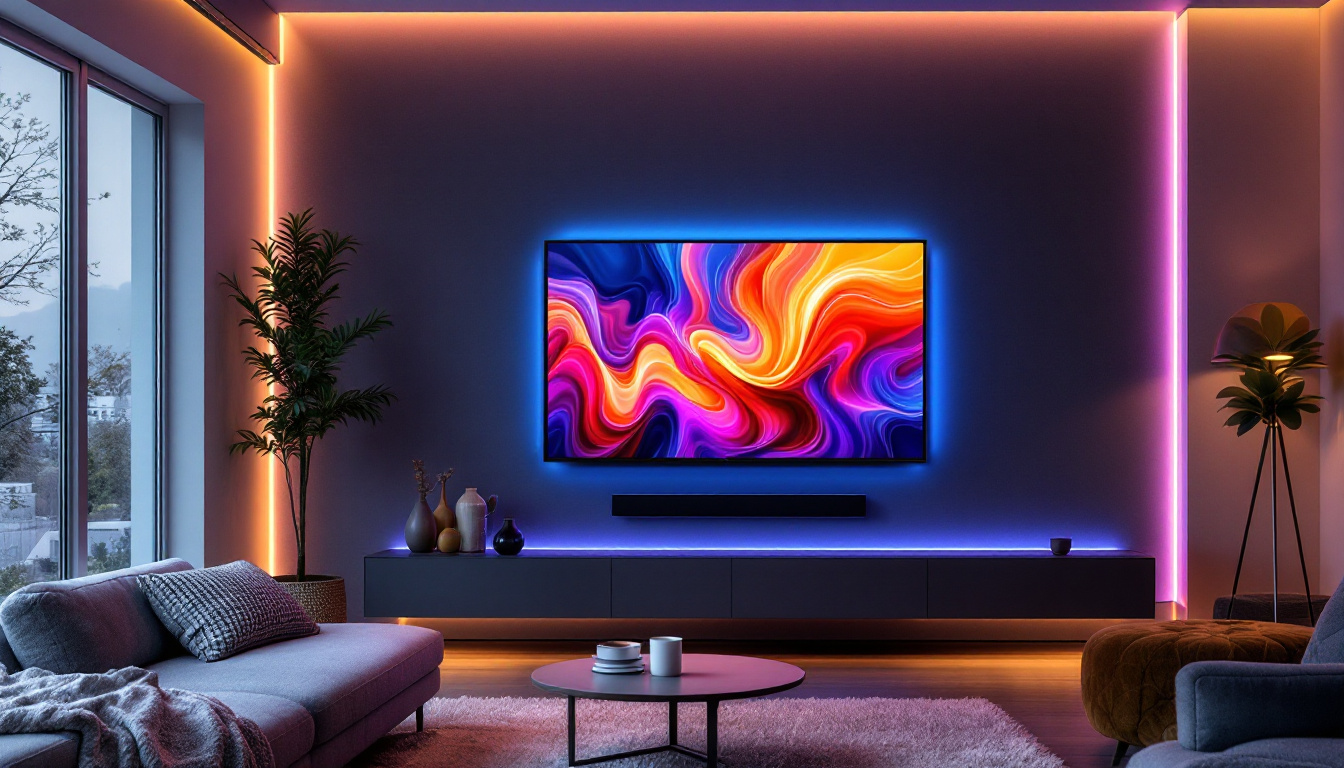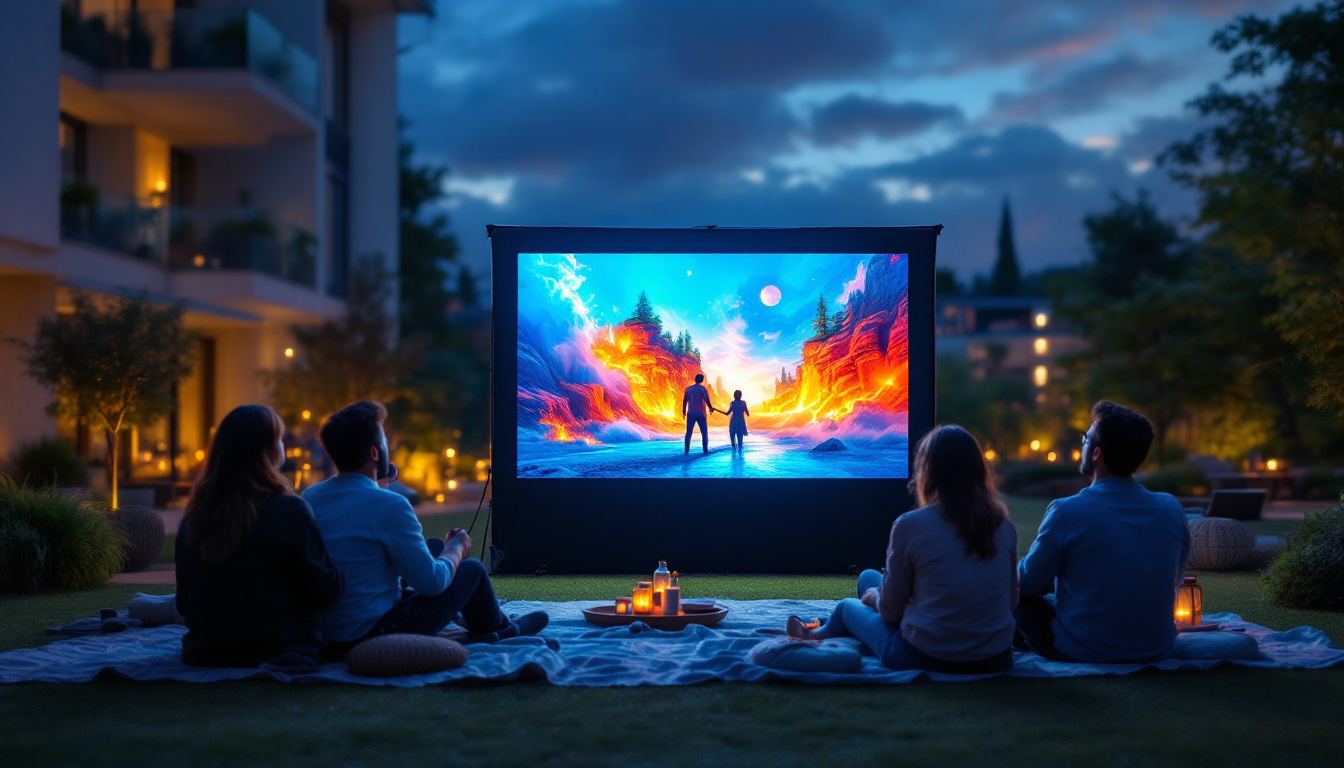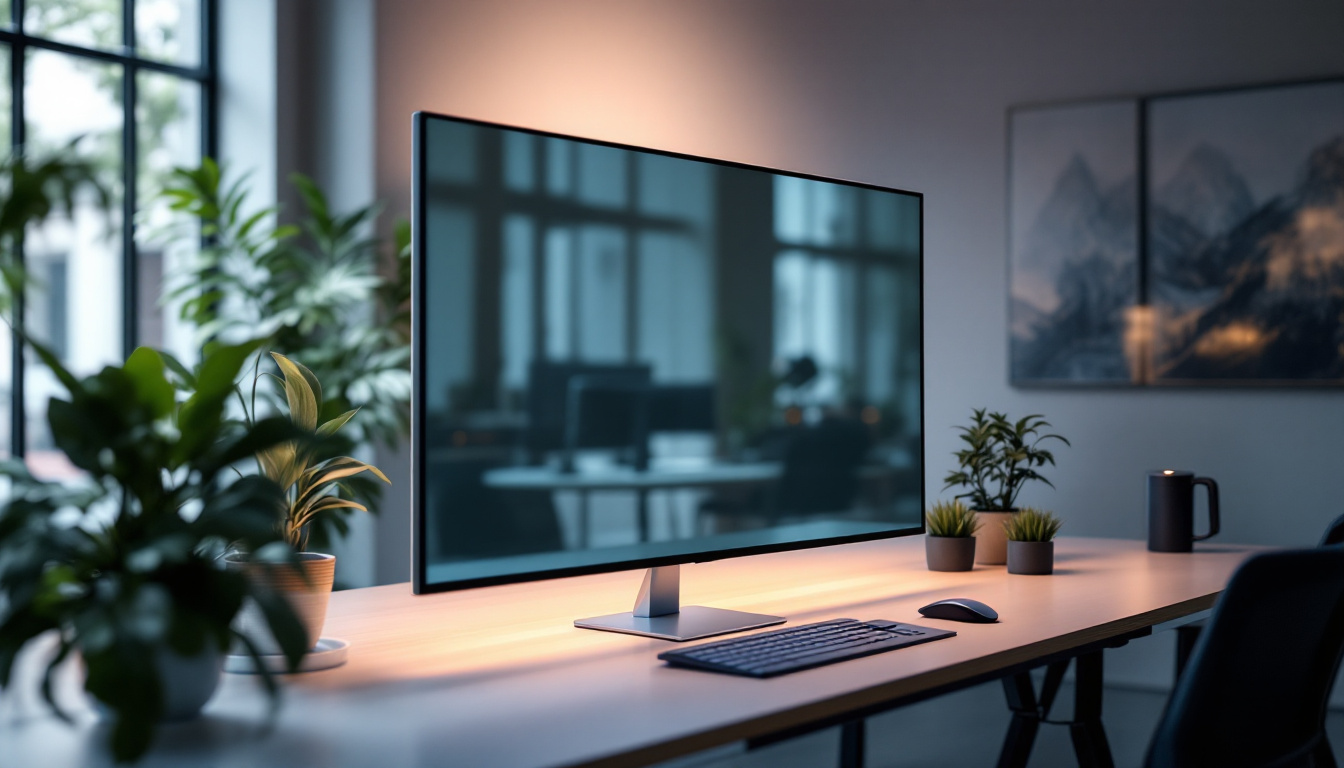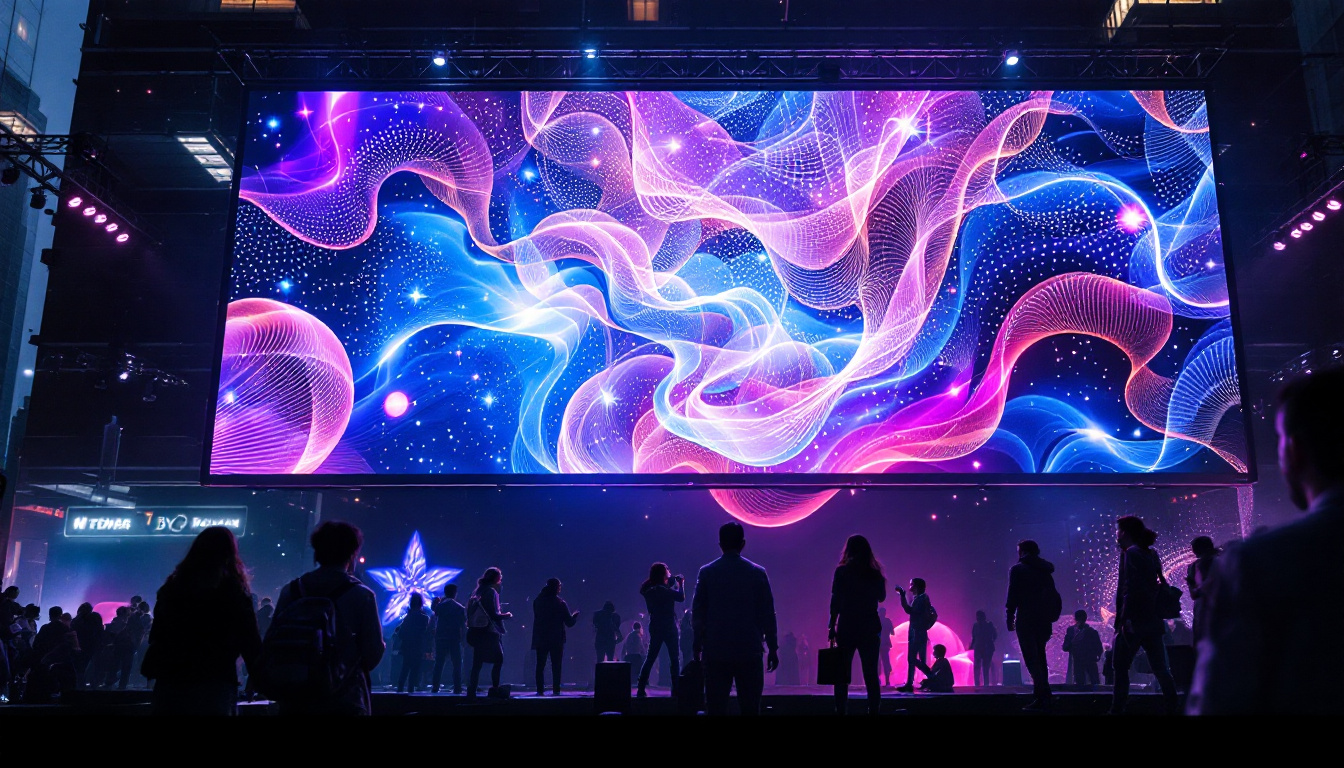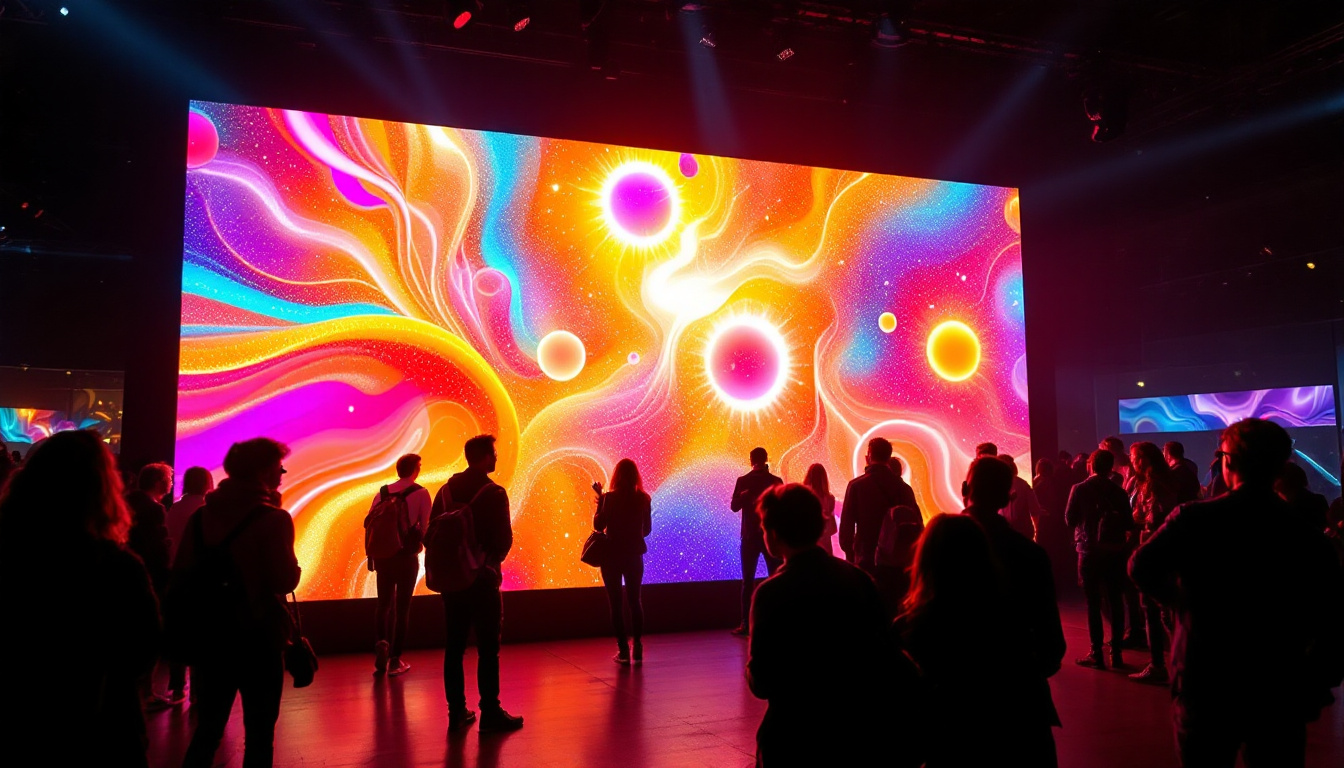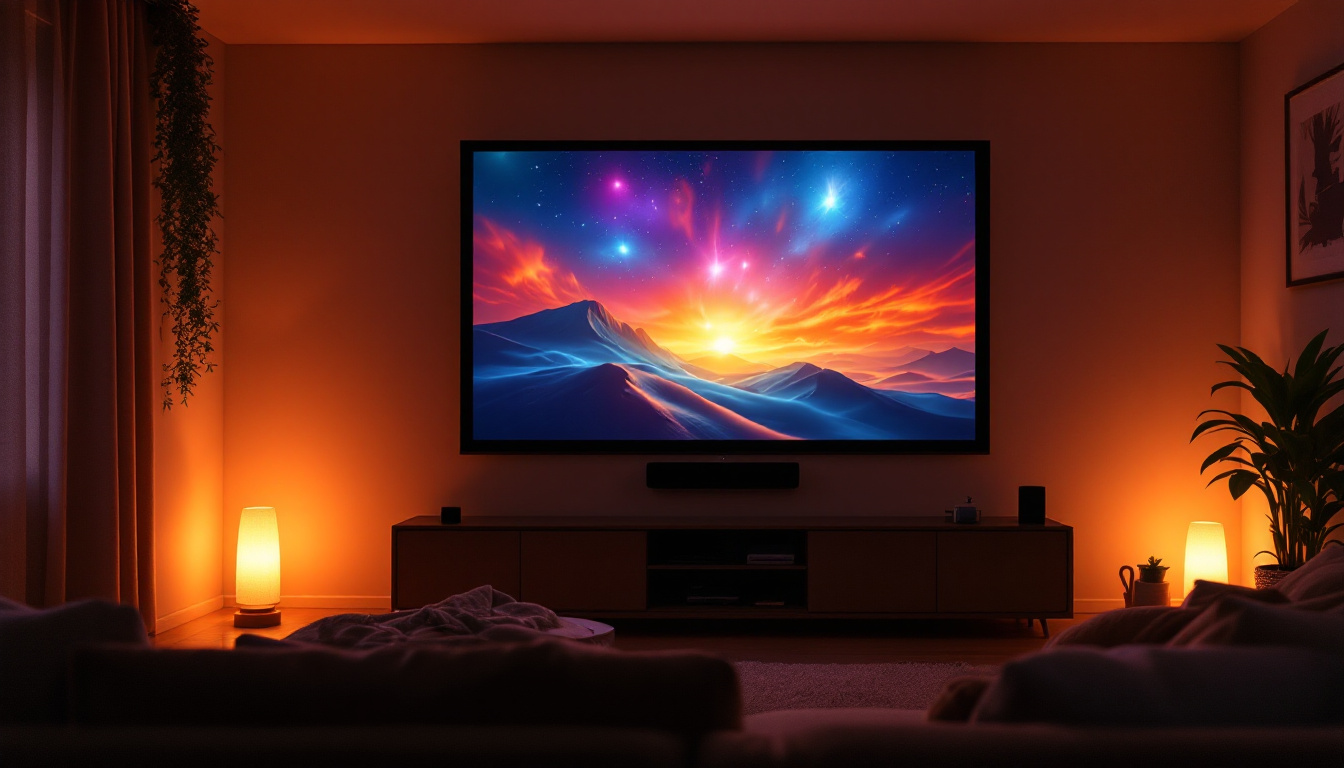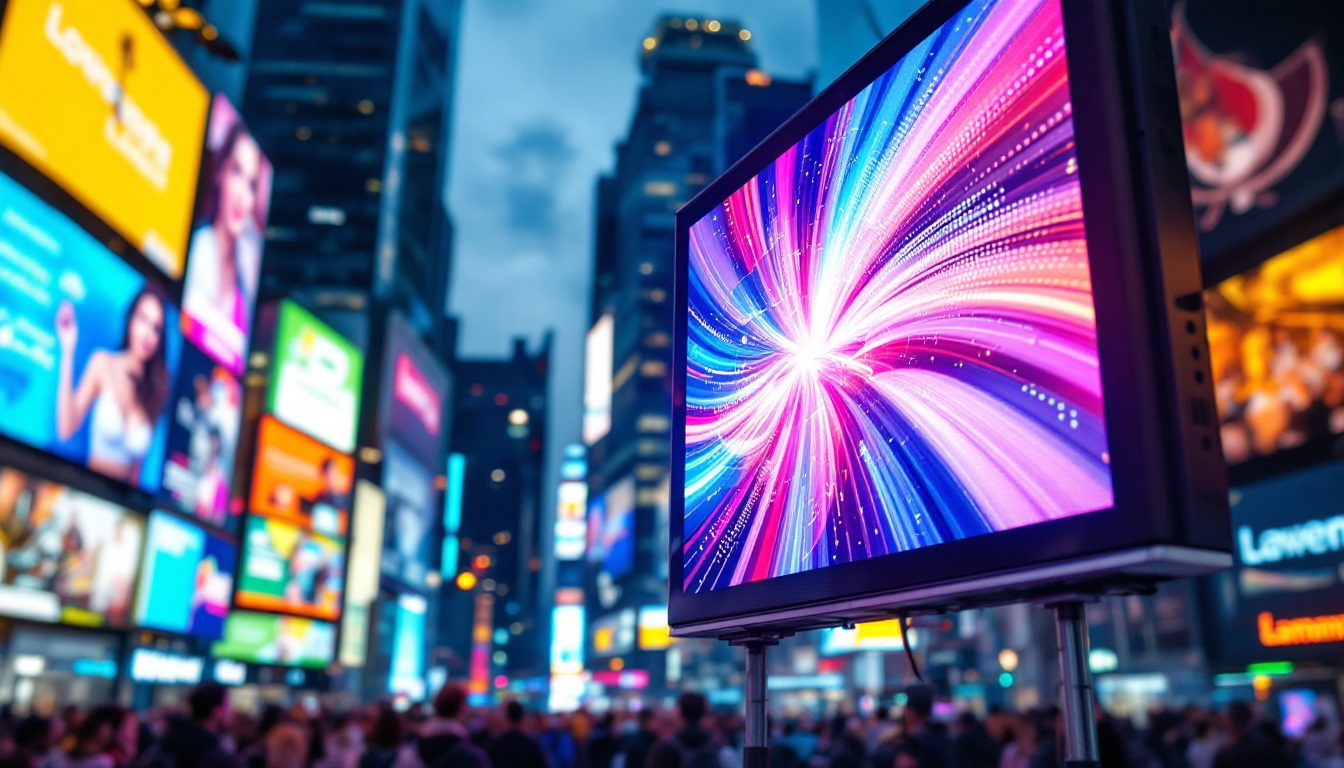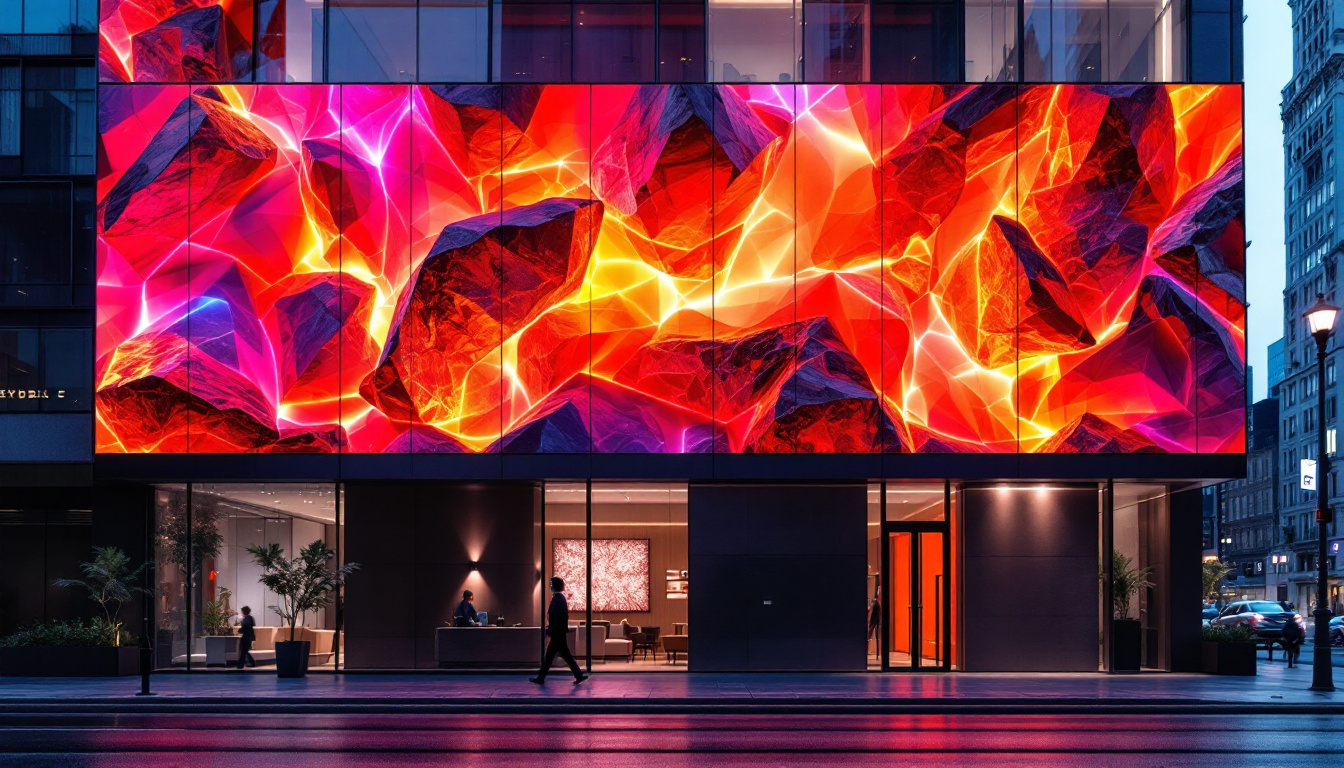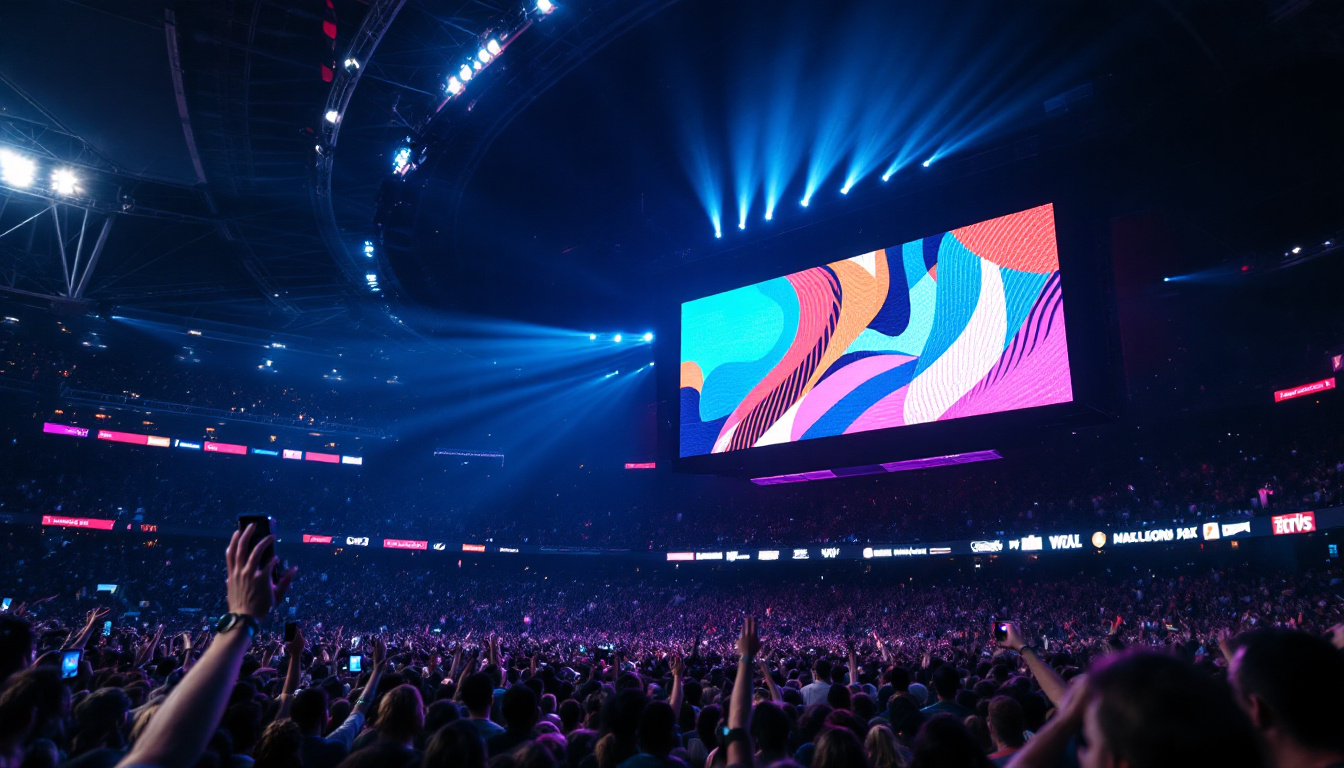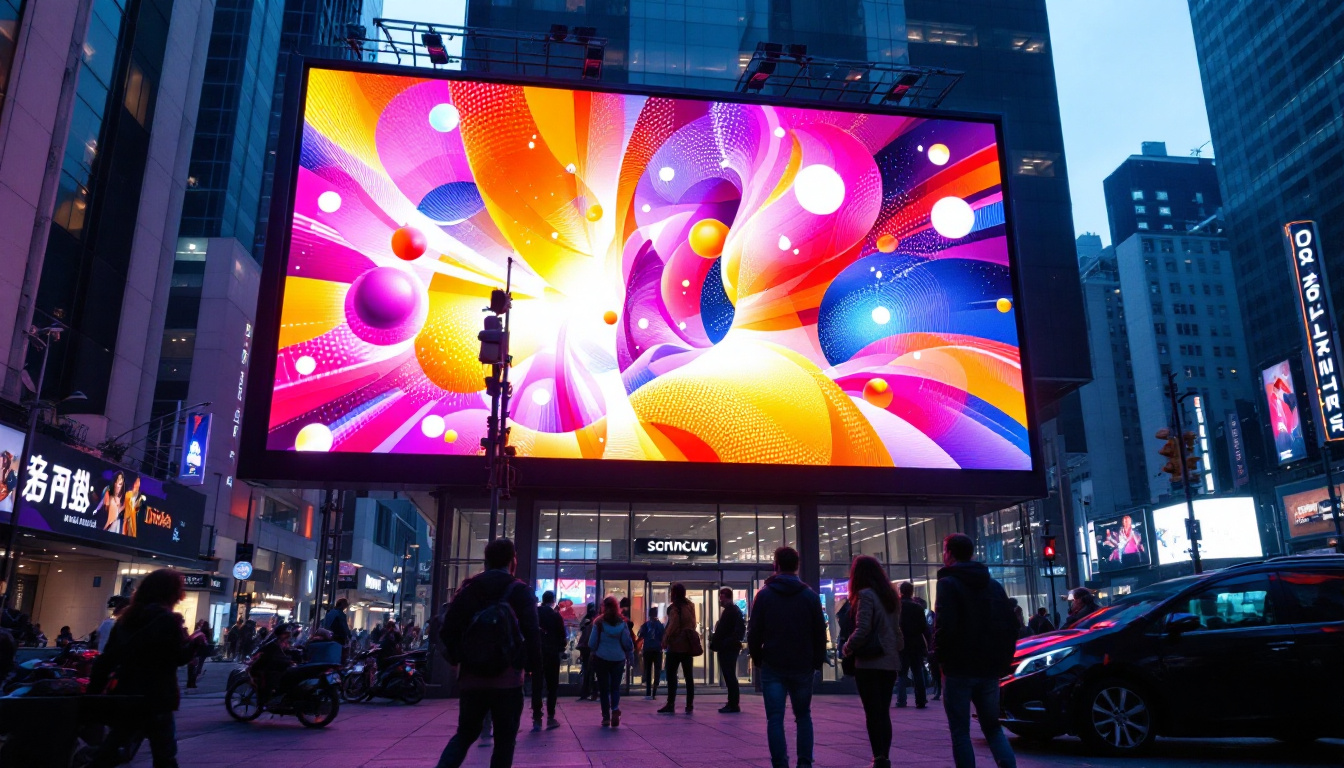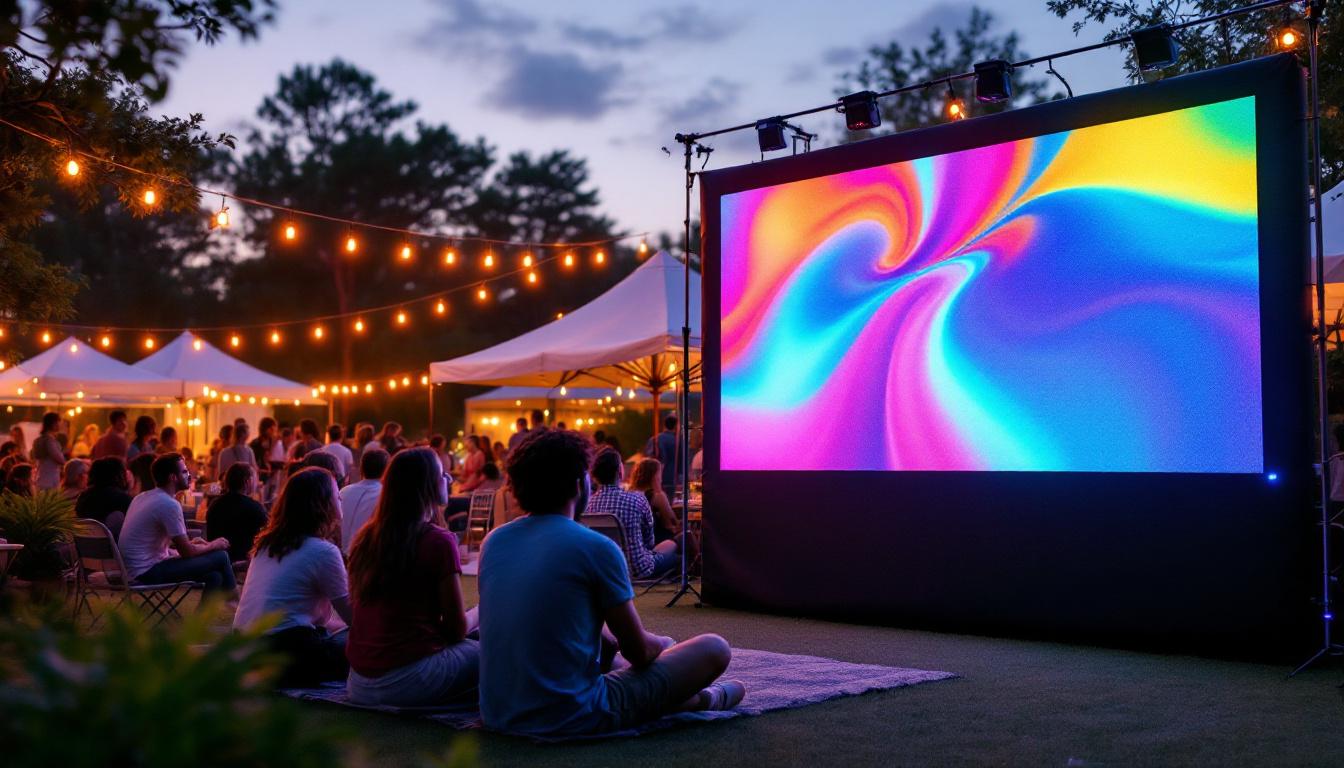The world of display technology has evolved significantly over the years, with resolutions and aspect ratios playing a crucial role in the user experience. Among the various formats available, the 32:9 resolution has emerged as a compelling choice for both gamers and professionals alike. This article delves into the intricacies of 32:9 resolution LED displays, exploring their benefits, applications, and the technology behind them.
Understanding 32:9 Resolution
The 32:9 resolution, often referred to as ultra-wide, is characterized by its impressive width-to-height ratio. Specifically, this format typically translates to a resolution of 3840 x 1080 pixels. This expansive display area allows for a more immersive viewing experience, making it particularly appealing for gaming, multitasking, and content creation.
What Makes 32:9 Unique?
One of the standout features of 32:9 displays is their ability to replace a multi-monitor setup with a single screen. This not only saves desk space but also eliminates the bezels that can disrupt the visual continuity when using multiple monitors. The ultra-wide aspect ratio enhances the field of view, allowing users to see more content at once, which is particularly beneficial in gaming and professional applications.
Moreover, the 32:9 resolution is designed to provide a cinematic experience. With its broad screen, users can enjoy movies and videos in a format that closely resembles the aspect ratios used in filmmaking, thereby enhancing the overall viewing experience. This aspect ratio also allows for a more engaging storytelling format, where filmmakers can utilize the extra width to create expansive scenes that draw viewers into the narrative.
Comparative Aspect Ratios
To better understand the significance of 32:9, it is essential to compare it with other common aspect ratios. The traditional 16:9 aspect ratio, which is standard for most televisions and monitors, offers a more limited field of view. In contrast, 32:9 effectively doubles the horizontal space, allowing for a more engaging and immersive experience.
For instance, a 32:9 display can be particularly advantageous in gaming scenarios where peripheral vision plays a critical role. Players can monitor their surroundings more effectively, gaining a competitive edge in fast-paced environments. Similarly, professionals in fields such as video editing and graphic design benefit from increased workspace, allowing for more efficient multitasking. The additional screen real estate enables users to have multiple applications open side by side, streamlining workflows and enhancing productivity. Furthermore, the immersive quality of 32:9 displays can also be leveraged in virtual reality applications, where a wider field of view can create a more realistic and engaging experience for users.
The Technology Behind 32:9 Displays
Understanding the technology that powers 32:9 displays is crucial for appreciating their capabilities. Most modern 32:9 monitors utilize LED (Light Emitting Diode) technology, which offers several advantages over traditional LCD (Liquid Crystal Display) screens.
LED vs. LCD Technology
LED displays are known for their vibrant colors, high contrast ratios, and energy efficiency. Unlike LCDs, which rely on backlighting to illuminate the screen, LED displays use individual diodes to produce light. This results in deeper blacks and brighter whites, enhancing the overall visual quality.
Additionally, LED technology allows for thinner and lighter displays, making it easier to integrate larger screens into various environments. This is particularly important for 32:9 displays, which are often larger than standard monitors. The sleek design not only improves aesthetics but also contributes to better ergonomics in workspace setups. Many users find that the immersive experience provided by a 32:9 display enhances productivity, allowing for multitasking with multiple windows open side by side without the need for a dual-monitor setup. This feature is especially beneficial for professionals in fields such as video editing, graphic design, and financial analysis, where screen real estate is paramount.
Refresh Rates and Response Times
Another critical aspect of 32:9 displays is their refresh rates and response times. Refresh rate, measured in hertz (Hz), indicates how many times the screen refreshes per second. Higher refresh rates, such as 144Hz or even 240Hz, are particularly beneficial for gaming, as they provide smoother motion and reduce blurring during fast-paced action.
Response time, on the other hand, measures how quickly a pixel can change from one color to another. Lower response times are essential for reducing ghosting effects, which can be distracting during gaming or fast-moving video playback. Many 32:9 displays offer competitive refresh rates and response times, making them ideal for gamers seeking high-performance monitors. Moreover, advanced technologies like FreeSync and G-Sync are often integrated into these displays, allowing for dynamic refresh rates that synchronize the monitor’s refresh rate with the graphics card’s output. This synchronization minimizes screen tearing and stuttering, further enhancing the gaming experience and ensuring that players can fully immerse themselves in their virtual environments without distraction.
Applications of 32:9 Displays
The versatility of 32:9 displays makes them suitable for a wide range of applications, from gaming to professional work environments. Understanding these applications can help users determine whether this format is right for their needs.
Gaming
In the gaming world, 32:9 displays have gained a reputation for providing an unparalleled immersive experience. The expansive field of view allows players to take in more of their surroundings, which is particularly advantageous in first-person shooters and open-world games. This enhanced perspective can lead to improved situational awareness and a more engaging gameplay experience.
Moreover, many modern games are optimized for ultra-wide resolutions, allowing players to fully utilize the benefits of a 32:9 display. Titles that support this aspect ratio often feature stunning visuals and detailed environments, further enhancing the gaming experience. Additionally, the immersive nature of these displays can create a more intense atmosphere, making players feel as though they are truly part of the game world. The ability to see more of the environment can also provide strategic advantages, such as spotting enemies or finding hidden items that might be missed on a standard screen.
Professional Use
Beyond gaming, 32:9 displays are increasingly popular in professional settings. Graphic designers, video editors, and content creators benefit from the additional screen real estate, allowing them to work on multiple applications simultaneously without the need for multiple monitors.
For instance, a video editor can have their timeline open on one side of the screen while previewing their work on the other. This seamless workflow can significantly enhance productivity and creativity, enabling professionals to focus on their projects without distractions. Furthermore, software developers can utilize the wide screen to display code alongside documentation or debugging tools, streamlining their workflow. The ability to view multiple windows side by side not only saves time but also reduces the clutter of cables and multiple monitor stands, creating a cleaner and more organized workspace.
Entertainment
32:9 displays are also well-suited for entertainment purposes. streaming services and Blu-ray movies that support ultra-wide formats can take full advantage of the expansive screen, providing a cinematic experience that rivals traditional theaters. The immersive nature of these displays makes them ideal for watching movies, sports, and other video content.
In addition to movies, gaming and sports broadcasts benefit greatly from the ultra-wide format, as it captures the full scope of the action, making viewers feel as though they are right in the middle of the excitement. Live events, such as concerts or esports tournaments, can also be experienced in a more engaging way, with the wider screen allowing for a more dynamic viewing experience. As streaming platforms continue to expand their libraries with ultra-wide content, the appeal of 32:9 displays for home entertainment is likely to grow, making them a compelling choice for cinephiles and sports enthusiasts alike.
Choosing the Right 32:9 Display
With a variety of 32:9 displays available on the market, selecting the right one can be a daunting task. Several factors should be considered to ensure that the chosen display meets the user’s needs and preferences.
Resolution and Size
When selecting a 32:9 display, the resolution and size are critical factors. While most 32:9 monitors feature a resolution of 3840 x 1080, some higher-end models may offer even greater resolutions. Users should consider their specific use cases, as higher resolutions can provide sharper images and better detail, especially for professional applications.
Size is also an important consideration. Larger displays can offer a more immersive experience, but they may require more desk space. Users should measure their workspace and consider how the display will fit into their existing setup before making a purchase.
Connectivity Options
Another essential aspect to consider is connectivity. Many 32:9 displays come equipped with multiple ports, including HDMI, DisplayPort, and USB-C. Ensuring that the chosen monitor has the necessary connections for the user’s devices is crucial for a seamless experience.
Additionally, some displays may offer features such as Picture-in-Picture (PiP) or Picture-by-Picture (PbP) modes, allowing users to view content from multiple sources simultaneously. These features can enhance productivity, particularly in professional settings.
Budget Considerations
Lastly, budget plays a significant role in the decision-making process. 32:9 displays can vary widely in price, depending on factors such as brand, specifications, and additional features. Users should establish a budget and prioritize their needs to find a display that offers the best value for their investment.
Future of 32:9 Displays
The future of 32:9 displays appears promising, with advancements in technology and increasing demand for immersive viewing experiences. As more consumers and professionals recognize the benefits of ultra-wide monitors, manufacturers are likely to invest in developing new features and improving existing technologies.
Emerging Technologies
Future developments may include enhanced resolutions, such as 5K or even 8K options, providing users with even greater detail and clarity. Additionally, advancements in refresh rates and response times will continue to improve the gaming experience, making 32:9 displays even more appealing to gamers.
Furthermore, as virtual reality (VR) and augmented reality (AR) technologies evolve, the integration of ultra-wide displays into these platforms may become more common. This could lead to new applications and experiences that further enhance the immersive nature of 32:9 displays.
Broader Adoption
As industries continue to embrace remote work and digital collaboration, the demand for versatile displays like the 32:9 format is expected to grow. Businesses may invest in ultra-wide monitors to improve productivity and facilitate better communication among remote teams.
In conclusion, the 32:9 resolution LED display represents a significant advancement in display technology, offering a unique blend of immersion, productivity, and versatility. Whether for gaming, professional use, or entertainment, these displays provide an engaging experience that is hard to match. As technology continues to evolve, the future of 32:9 displays looks bright, promising even more exciting developments on the horizon.
Discover the Future of Visual Experience with LumenMatrix
Ready to elevate your visual experience to new heights? LumenMatrix is at the forefront of LED display innovation, offering a wide array of solutions that cater to your every need. From immersive Indoor LED Wall Displays to dynamic Outdoor LED Wall Displays, and from versatile Vehicle LED Displays to sleek LED Poster Displays, our products are designed to captivate and engage. Embrace the future of digital signage with our LED Sports Displays, interactive Floor LED Displays, and customizable Custom LED Displays. For a seamless, all-encompassing visual solution, explore our All-in-One LED Display and LED Transparent Display options. Join the visual revolution and Check out LumenMatrix LED Display Solutions today to share your message with unparalleled impact and clarity.

